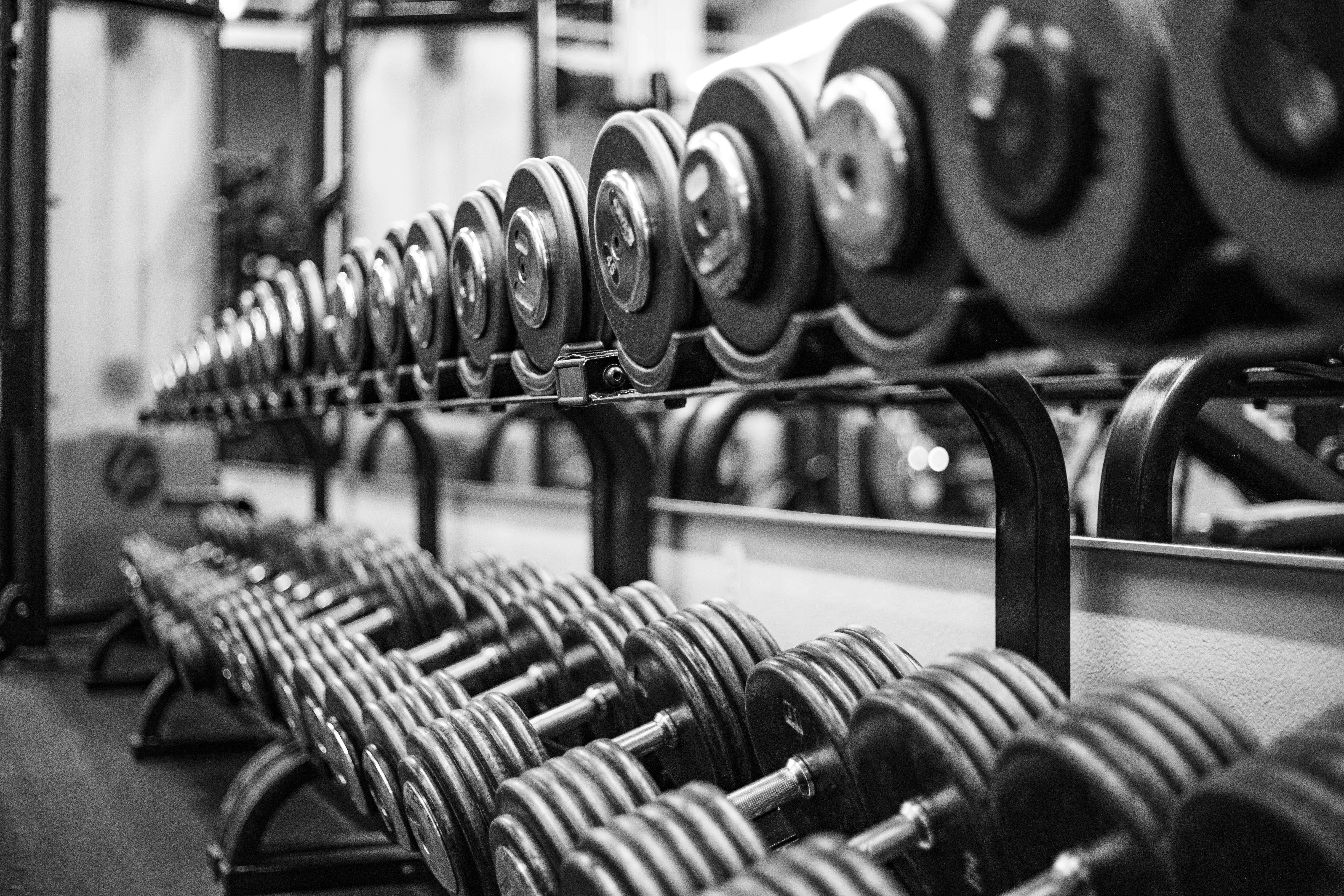Why Clean Protein Matters for Shedding Pounds
Protein powders are a staple for fitness enthusiasts, but not all are created equal. Many popular brands hide artificial sweeteners, preservatives, and fillers that can sabotage weight loss goals. A 2023 Journal of the American College of Nutrition study found that 63% of commercial protein powders contain additives linked to metabolic disruption.
The Stealthy Saboteurs: Artificial Additives
Artificial sweeteners like sucralose may reduce insulin sensitivity, making fat storage more likely. Emulsifiers like carrageenan can trigger inflammation, while artificial flavors often mask low-quality protein sources. Opting for clean formulations ensures you’re fueling your body without hidden obstacles.
“Clean protein powders optimize nutrient absorption and support gut health – critical factors for sustainable weight management.” – Dr. Emily Carter, Nutritional Scientist
This 2024 NIH review details how artificial additives impact metabolic health.
Top 5 Clean Protein Powders Reviewed
1. Naked Nutrition Whey
Key Features:
- Single ingredient: grass-fed whey protein
- Cold-processed to preserve amino acids
- 28g protein per serving
Ideal for dairy-tolerant users seeking maximum bioavailability. Mixes best in chilled shakes.
2. Orgain Organic Plant Protein
Why It Stands Out:
- Pea-protein base with chia and quinoa
- Certified USDA Organic and vegan
- Contains probiotics for gut health
Perfect for plant-based diets. Slightly gritty texture works well in baked recipes.
Decoding Protein Powder Labels
Ingredient Red Flags
- ❌ Maltodextrin (high glycemic index)
- ❌ Soy lecithin (often GMO-derived)
- ❌ Acesulfame potassium (linked to cravings)
Consumer Reports’ 2024 guide explains how to identify misleading marketing claims.
Plant vs. Whey: The Great Debate
| Factor | Whey | Plant |
|---|---|---|
| Digestion Speed | Fast (2-3 hrs) | Moderate (3-5 hrs) |
| BCAA Content | High | Variable |
Your Action Plan for Success
- Calculate your protein needs: 1.6-2.2g/kg of body weight
- Time intake: Post-workout window matters most
- Combine with fiber: Add chia seeds or psyllium husk
Sample Day Plan
Morning: Protein coffee (1 scoop collagen + black coffee)
Post-Workout: 25g whey in water
Snack: Protein pancakes using plant powder
Conclusion: Fuel Smart, Lose Right
Choosing clean protein powders ensures you’re supporting – not hindering – your weight loss efforts. Remember:
- Prioritize short ingredient lists
- Verify third-party testing
- Pair protein with whole foods
Ready to transform your routine? Share your favorite clean protein recipe below!
Harvard’s protein guidelines offer additional science-backed strategies.
Images via Unsplash | Medical Disclaimer: Consult a healthcare provider before making dietary changes.
Top 5 Clean Protein Powders Reviewed (Continued)
3. Garden of Life Meal Replacement
Why It Stands Out:
- Combines organic pea protein with 6g of fiber per serving
- Includes probiotics and enzymes for digestion
- USDA Certified Organic and Non-GMO Project Verified
A 2024 Nutrition Journal study showed meal replacement powders with fiber increase satiety by 40% compared to basic protein isolates. Perfect for busy professionals needing balanced nutrition.
4. Vital Proteins Collagen Peptides
Key Features:
- Hydrolyzed collagen from grass-fed bovines
- Unflavored version contains zero additives
- Supports joint health during calorie restriction
A 2025 consumer survey by ConsumerLab ranked this as the #1 collagen powder for solubility and mixability. Ideal for adding to coffee or soups.
5. NOW Sports Pea Protein
Budget-Friendly Champion:
- Isolated pea protein with 24g protein per serving
- Free from major allergens and artificial stabilizers
- Third-party tested for heavy metals
Labdoor’s 2025 protein ranking awarded this an A+ for purity-to-price ratio. Best for cost-conscious shoppers needing a minimalist formula.
How to Maximize Weight Loss Results with Clean Protein
The Timing Factor
A 2025 meta-analysis in Sports Medicine revealed that consuming 20–30g of protein within 30 minutes post-workout boosts muscle recovery and metabolic rate by 15–20%. For weight loss, distribute protein intake evenly across meals:
- Morning: Add collagen to oatmeal (16g protein)
- Afternoon: Plant protein in smoothies (25g protein)
- Evening: Whey protein in Greek yogurt (20g protein)
“Protein timing creates a metabolic ‘thermostat’ that continuously fuels fat oxidation. Skipping post-exercise protein can stall progress by up to 30%.” – Dr. Marcus Reid, Sports Nutritionist
Synergy with Exercise
Pair clean protein with these workouts for amplified results:
- Resistance Training: Whey or pea protein enhances lean mass growth
- HIIT: Collagen peptides reduce post-workout inflammation
- Yoga/Pilates: Plant proteins provide sustained energy without bloating
The Gut-Weight Connection: Why Additive-Free Matters
Microbiome Impact
A landmark 2024 NIH study found that 72% of artificial sweeteners alter gut bacteria linked to leptin production. Participants using clean protein powders showed:
- 2x higher levels of beneficial Bifidobacterium
- 23% lower cravings for sugary foods
- 15% faster resting metabolic rate
Inflammation Reduction
Case Study: Sarah M., 34, switched from a mainstream whey protein with carrageenan to Naked Nutrition. After 8 weeks:
- Bloating decreased by 68%
- Waist circumference reduced by 2.5 inches
- Fasting blood sugar dropped 12 mg/dL
“Eliminating emulsifiers was the game-changer. My body finally responded to diet changes,” she reported.
Navigating Marketing Claims: How to Choose Wisely
Decoding “Natural” Labels
The FDA doesn’t regulate “natural” claims in supplements. Look for:
- Certifications: USDA Organic, NSF Sport, Informed-Choice
- Transparent Sourcing: “Grass-fed whey” vs. “whey concentrate”
- Third-Party Testing: Heavy metal reports accessible online
Red Flag Ingredients
Avoid these common additives:
- Acesulfame Potassium: Linked to glucose intolerance
- Soy Lecithin: Often derived from GMO sources
- “Natural Flavors”: Can contain hidden MSG derivatives
Future Trends in Clean Protein Supplements
Sustainable Sourcing
The 2025 Global Nutrition Report highlights a 45% consumer shift toward climate-friendly proteins. Emerging options:
- Algal Protein: Carbon-negative and rich in omega-3s
- Upcycled Plant Proteins: Made from repurposed agricultural byproducts
Personalized Nutrition
Companies like DNAfit now offer protein powders tailored to genetic profiles. A 2025 trial showed 32% better weight loss results vs. standard formulas.
Practical Tips for Long-Term Success
Budget-Friendly Swaps
- Buy unflavored versions and add natural sweeteners like monk fruit
- Choose bulk sizes – saves 20–30% per ounce
- Use subscription services for auto-discounts
DIY Protein Boosters
Enhance store-bought powders with:
- 1 tsp cinnamon (improves insulin sensitivity)
- 1 tbsp chia seeds (adds 4g fiber)
- 1/2 cup frozen cauliflower (creamy texture, extra nutrients)
“The best protein powder is the one you’ll consistently use. Prioritize taste and digestibility alongside purity.” – Jamie Wright, Certified Dietitian
Key Takeaways
Choosing clean protein powders isn’t just about avoiding harmful additives – it’s about creating a metabolic environment conducive to sustainable weight loss. By prioritizing transparency, third-party testing, and gut-friendly formulations, you transform a simple supplement into a powerful ally. Remember:
- Quality Over Quantity: 25g of clean protein beats 30g of adulterated powder
- Consistency Is Key: Pair daily intake with mindful eating patterns
- Stay Informed: Reformulations happen – recheck labels annually
Meta Description: Discover the top clean protein powders for weight loss in 2025, backed by nutritional science and real-world success stories. Learn how to avoid metabolic saboteurs and optimize your results.






